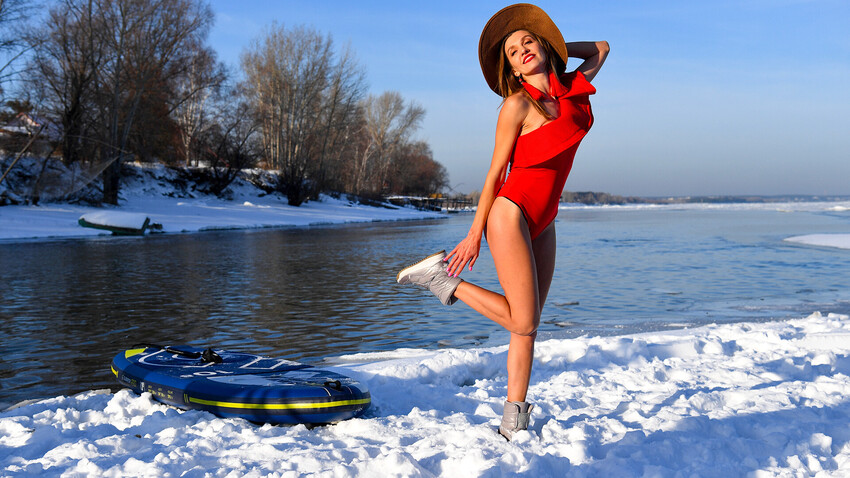
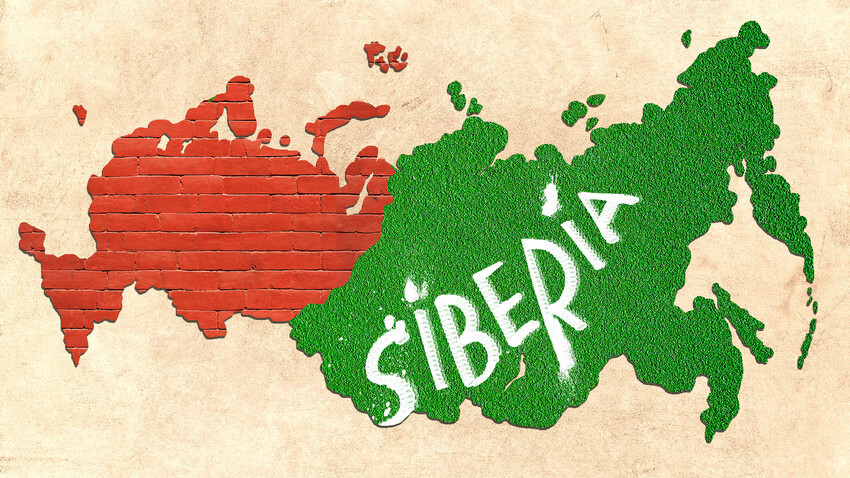
Let’s start with what Siberia really is. It’s a vast geographical region covering an area of over 13.1 million square kilometers (5,100,000 sq. mi.) from the Ural mountain range in the West to the Pacific Ocean shore in the East. Siberia has been part of Russia since the 16th century, when Russians conquered the lands east of the Urals, with a Cossack commander Yermak playing a prominent role in this. As Siberia is not a country or any administrative entity, it has no certain defined borders. The Yenisey River divides Siberia into two parts, Western and Eastern. Its far Eastern part has historically been called the Russian Far East.
However, there was an ancient Turkic state, namely the Khanate of Sibir, on the territory of present-day Siberia. It was older than Russia, but, in the end, it was absorbed and destroyed in the 16th century.
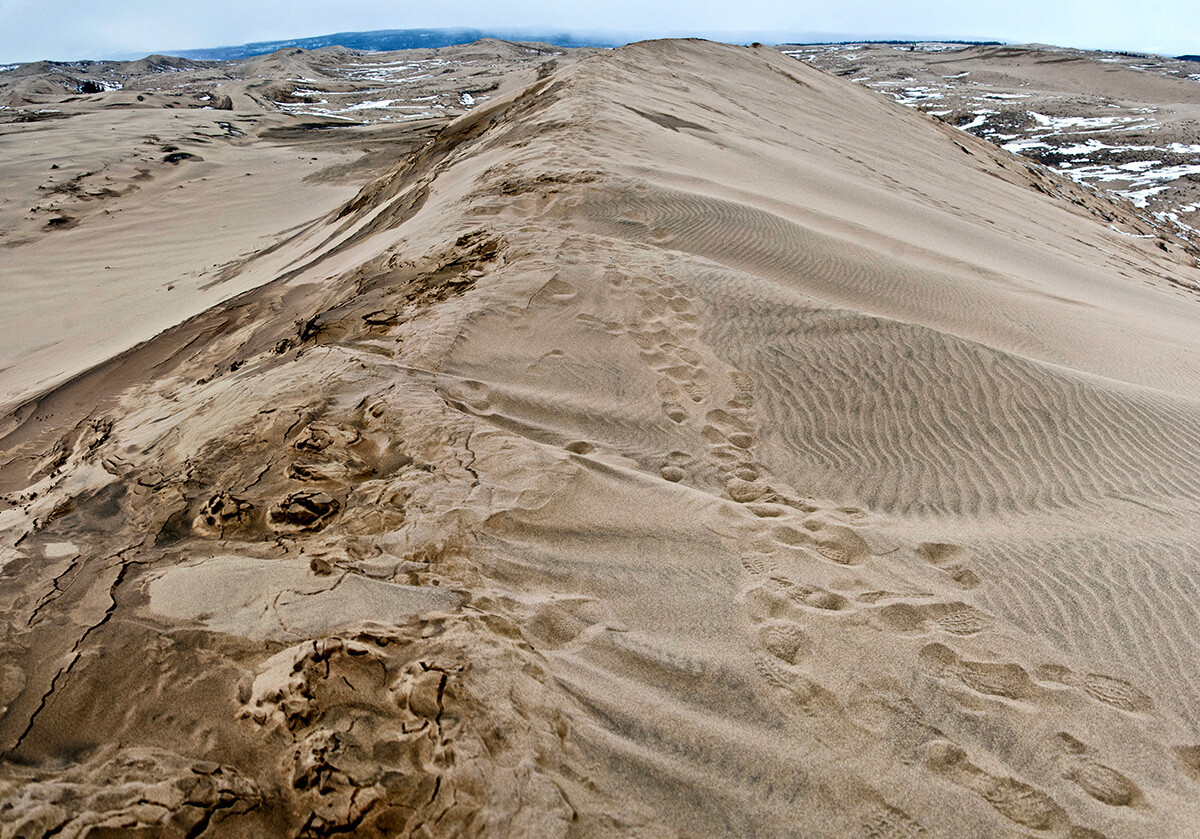
Siberia is so vast that it has many kinds of terrain – polar desert in the Far North, steppes and broadleaf forests in the South, but most of it is covered in taiga – snow forest consisting of pines, spruces and larches.
However, there is actually a rare batch of desert terrain in Siberia! The Chara Sands are located in Eastern Siberia, surrounded by taiga and swamps, but their territory is very small – just 50 sq. km.
Of course there is summer in Siberia – but in different parts of it, there are different quirks. In Northern Siberia, the summer is very short, ranging from a month to a week, while Southern Siberian steppes enjoy a full three-month hot summer. The northernmost regions of Krasnoyarsk Territory, on the other hand, have winter all year round, while in Yakutsk, the permafrost never melts, even in summer.
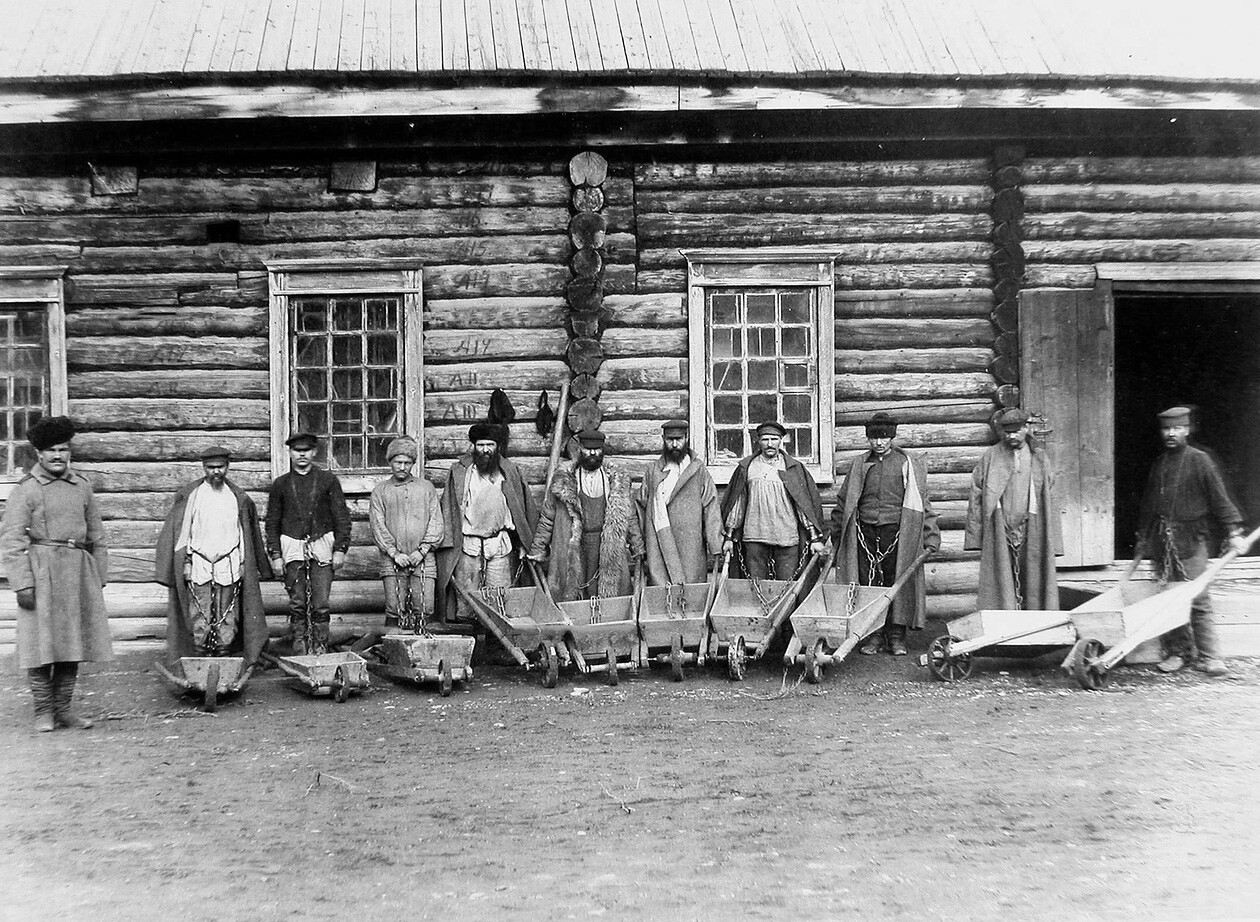
It used to be, but not anymore. From the 17th century, the harsh conditions of living in Siberia, along with Russia’s needs to develop and further colonize the region, were the reasons that Siberian cities became a place of exile for many convicts. Tobolsk, for example, was the region where Fyodor Dostoevsky did his time as a convict, while, in Soviet times, GULAG prison camps appeared in many Siberian regions.
However, the key to the industrial and urban growth of Siberia are its natural resources – Siberian land harbors most of Russia’s underground resources like coal, gold, copper, diamonds, etc. Siberia historically hosts plants and factories, while Siberian rivers power five of Russia’s mightiest hydropower plants. Ever since the GULAG system ended, Siberia is no longer associated with exile, but with Russia’s industrial power.
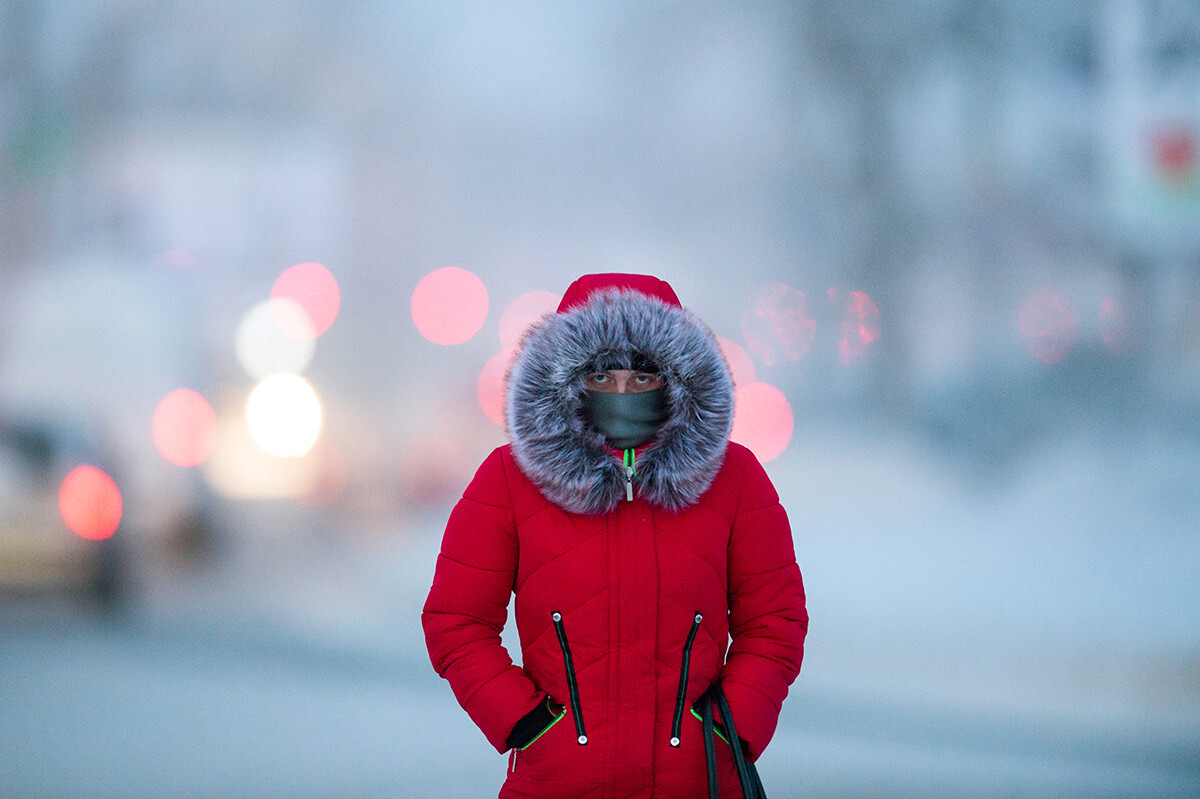
The coldest place on Earth is in fact the Eastern Antarctic Plateau, located outside of Russia. However, in Siberia, Russians also live in extreme polar conditions and even manage to run marathons in -50°C. Meanwhile, Russia’s coldest place is also located in Siberia.
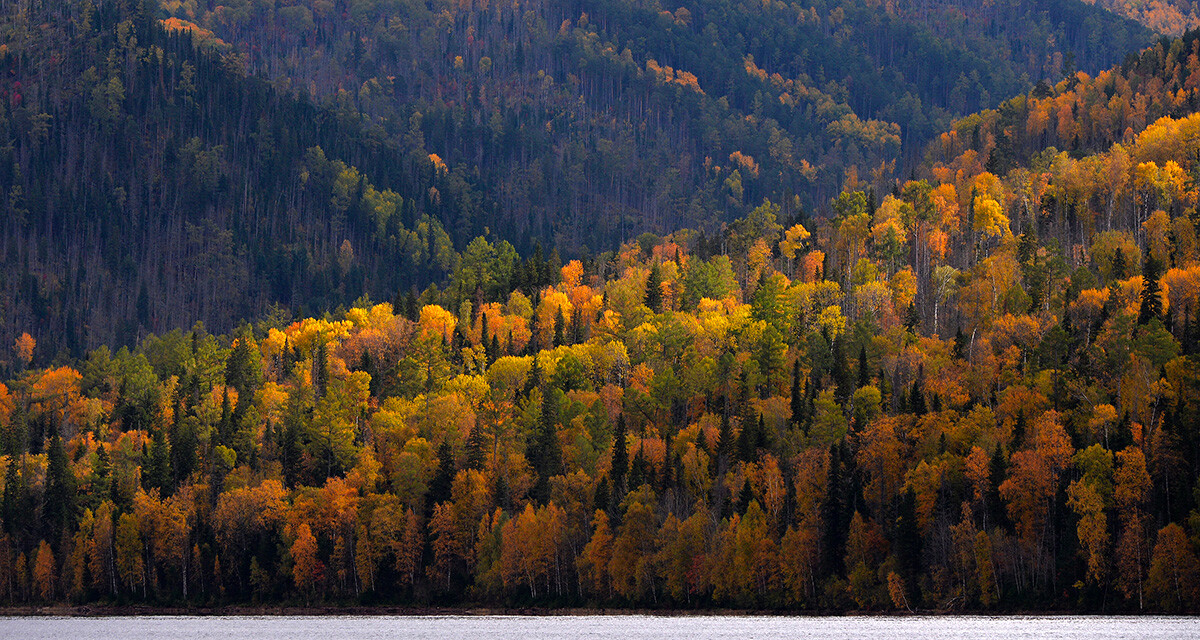
Most of it, but not entirely. Siberia actually has enough forest for wildfires to become a problem, something that occurs annually. About 2.6 million sq. km, or 51% of Siberia, is covered with forestation. It is unfortunately poorly managed and used with low efficiency. But, Siberian forests can even be habitable, as this story of a forest dweller from Krasnoyarsk tells.

People living in Siberia make up 25% of the Russian population – there are more than 37 million people in the region. The density of Russia’s population is unevenly distributed – roughly 68 percent of people live in the European part of the country, which makes up only 20 percent of Russia’s whole territory.
And, although many may wonder why Russians live in such a battered landscape, as most of Siberia is, there are certain advantages of living in this region, believe it or not!
If using any of Russia Beyond's content, partly or in full, always provide an active hyperlink to the original material.
Subscribe
to our newsletter!
Get the week's best stories straight to your inbox